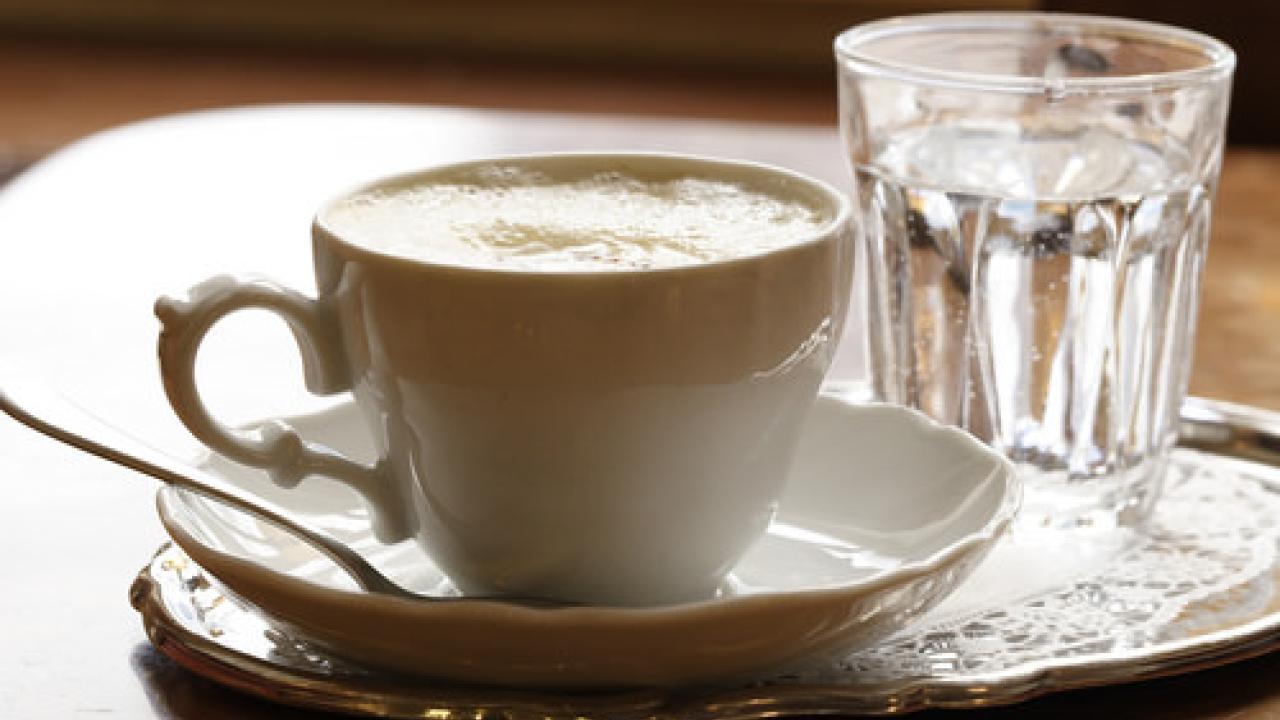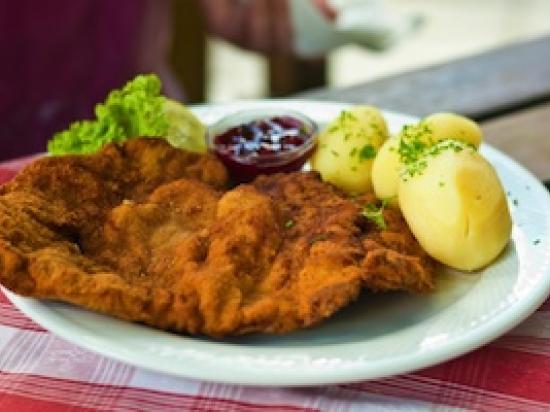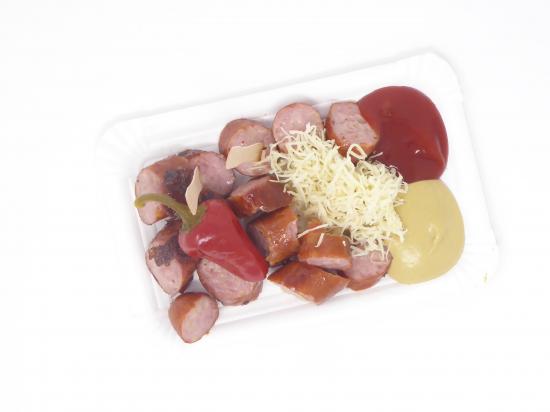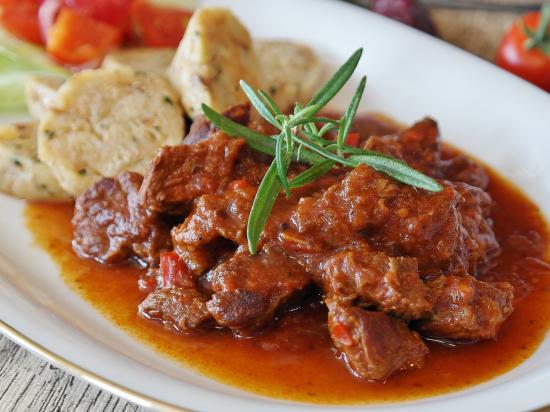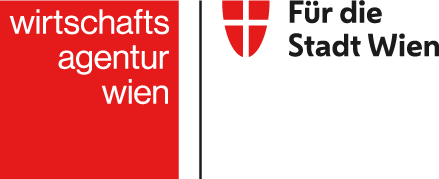Viennese Coffee Culture
For visitors to the city it is an attraction, for locals a second home, and for artists and literati an institution: The Viennese Coffeehouse. Viennese coffeehouse culture was officially added to the UNESCO intangible cultural heritage list in 2011.
Did you know that the word "coffee" derives from an Ethiopian region called Kaffa, where the coffee trea has its origins. Since 1645 the imperial household comprises invoices for coffee, when it became popular to pamper ambassadors with coffee. In 1685 an Armenian called Johannes Deodat was the first person in Austria to gain the privilege of serving coffee in his premises at Rotenturmstraße. Thanks to the Armenian traders, coffee became popular in the Viennese society. In 1819 there were already 150 coffee houses in the city.
Coffeehouses in Vienna are much more than just places to drink coffee – they are a way of life. The city boasts in excess of 800 of them – in addition to the numerous café bars, café restaurants and pizza cafés throughout the city. Around 150 are classic coffeehouses, where the waiters are still dressed in black, and the décor is as unpretentious as it was in the ‘good old days’: wooden floors, marble-topped tables, and seating that is simple and plush.
Every ‘scene’ in Vienna has its own café: workers at the ministries have Café Ministerium on Georg-Coch-Platz, art students Prückel at Stubenring, and politicians Landtmann at Universitätsring. The coffeehouse is a place for philosophizing, meditating, idling, reading the newspaper, gossiping, canoodling, playing billiards or chess, discussing everything under the sun with strangers – and, of course, enjoying coffee and cakes.
The great novelist Heimito von Doderer wrote in 1960 that Vienna was “a city of Roman origin aspiring to the Mediterranean”. To him this explained why the atmosphere in a Viennese café was one of “meditative quiet and idle passing of time” familiar to anyone who had visited an Oriental or Turkish café.
Literature and coffee went hand in hand in these days. Friedrich Torberg, Karl Kraus, Arthur Schnitzler, Hugo von Hofmannsthal, Egon, Friedell, Peter Altenberg, Ernst Jandl and many more passed their days in the coffeehouses, enjoying each others company.
Source: Wien Tourismus
Let us help you a little bit with Austrian coffee etiquette
- großer Schwarzer - a double Mokka
- kleiner Brauner or großer Brauner - single or double Mokka plus milk
- Verlängerter - “lengthened” (i.e. diluted) Mokka with more water plus milk
- Melange - half Mokka, half heated milk, often topped with foamed milk
- Franziskaner - Melange topped with whipped cream not foamed milk
- Kapuziner - kleiner Schwarzer plus whipped cream
- Einspänner - großer Schwarzer topped with whipped cream
- Wiener Eiskaffee - iced Mokka with vanilla ice cream, topped with whipped cream
Of course you can also order Italian styles such as espresso, cappuccino or – most common nowadays – caffe latte. Traditionally, coffee is served with a glass of water.
